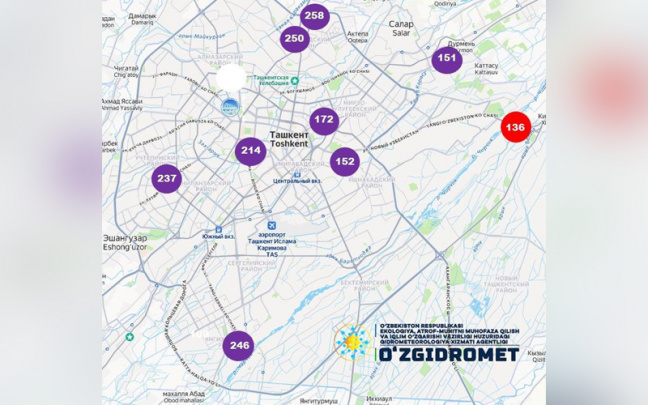Uzbekistan tightens border controls amid Marburg virus outbreak in Rwanda
Uzbekistan has heightened sanitary precautions at its border crossings to prevent the potential entry of the Marburg virus into the country. This move comes in response to a recent outbreak of Marburg hemorrhagic fever in Rwanda, where the World Health Organization (WHO) has confirmed 58 cases, 13 of which have resulted in death as of October 8, according to Rwanda's Ministry of Health.

Photo: Getty Images
The WHO has classified the outbreak as a very high risk on a national level in Rwanda, high regionally, but low on a global scale. In light of this, many countries, including Uzbekistan, have ramped up preventive measures at border control points to protect public health.
Uzbekistan's State Sanitary and Epidemiological Welfare and Public Health Committee has introduced several measures to detect and prevent the spread of the Marburg virus. These include:
• Early identification and isolation of suspected cases in designated quarantine facilities.
• Strict adherence by healthcare personnel to precautionary protocols, including the use of personal protective equipment (PPE) when dealing with suspected patients.
• Avoiding contact with the blood, bodily fluids, and contaminated surfaces of individuals suspected of carrying the virus.
• Training healthcare workers in the etiology, clinical diagnosis, and prevention of the disease.
• Implementing safe injection practices, proper use of PPE, disinfection of medical equipment, and safe waste disposal to control the disease's spread.
• Public awareness campaigns to inform citizens about the risks and preventive measures related to Marburg fever.
A spokesperson from the Committee assured the public, stating, "Our citizens should not be overly alarmed," underscoring that the country is taking all necessary precautions to safeguard public health.
Marburg virus disease, also known as Marburg hemorrhagic fever, is a severe viral infection with a case fatality rate that ranges from 24% to 88% depending on the outbreak, according to WHO data. There is currently no vaccine available for the virus. Fruit bats, commonly found in African mines and caves, are the natural carriers of the virus. Humans can become infected through direct contact with broken skin, blood infusion, mucous membranes, and bodily fluids.
Early symptoms include high fever, severe headaches, and malaise. By the third day, patients may experience acute watery diarrhea, abdominal cramps, nausea, and vomiting. Severe hemorrhaging typically occurs between the fifth and seventh days of illness.
Uzbekistan’s vigilance at its borders, alongside public health campaigns, aims to mitigate the risk of the Marburg virus spreading to the country.
Related News

12:24 / 02.12.2025
Uzbekistan to expand AI use in health, education, transport and space technologies

11:27 / 20.11.2025
Air pollution in Tashkent worsens; health authorities urge precautions

19:42 / 17.11.2025
Uzbekistan and Turkmenistan sign new package of cooperation agreements

18:27 / 10.11.2025



